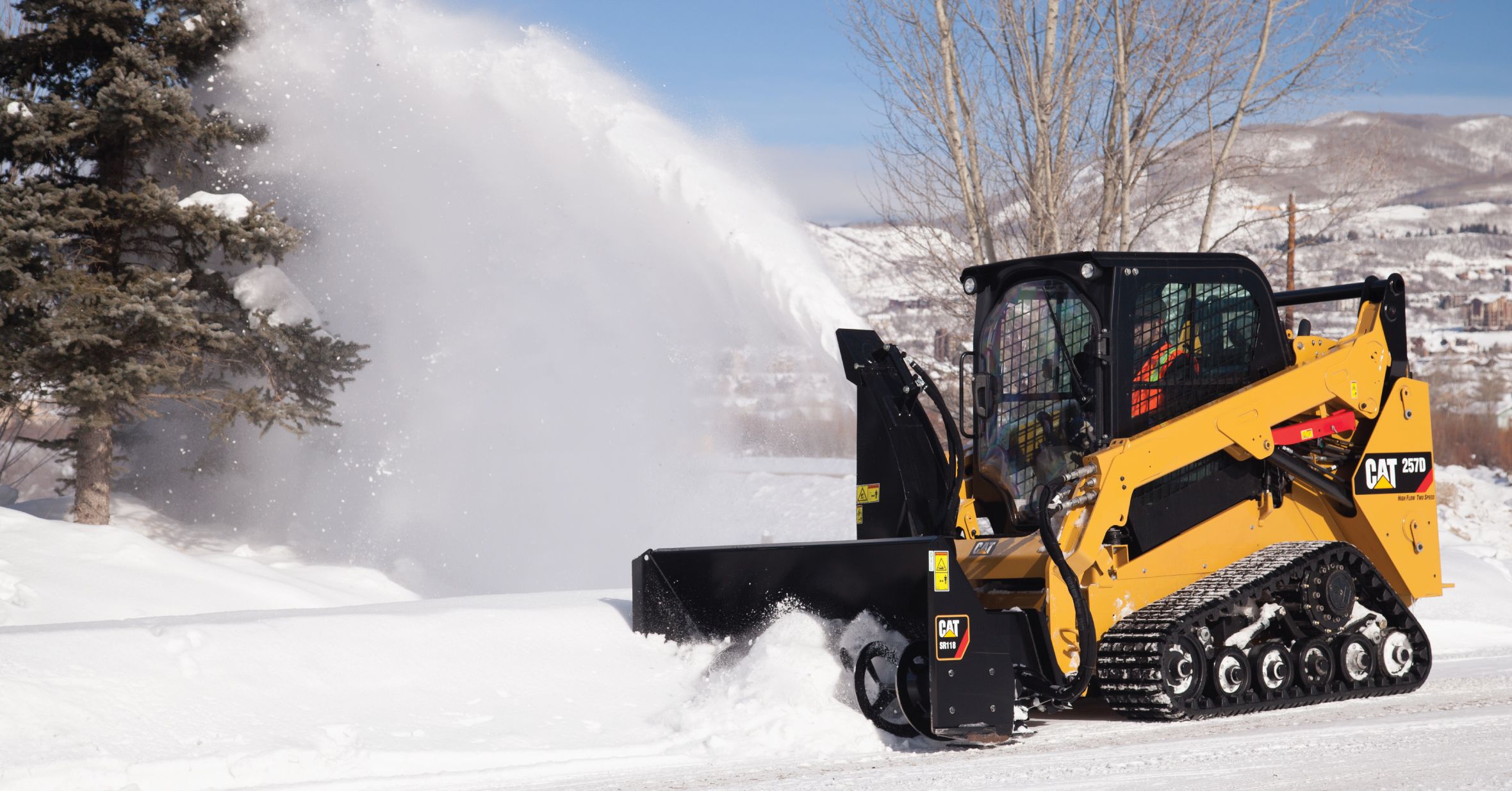Buy or Lease? Weigh Your Options for New Snow and Ice Removal Equipment.
Buy or Lease: Factors to Consider
As a vital part of community infrastructure, snow and ice removal contractors are responsible for keeping the environments they serve safe and functional throughout the harsh winter months. Equipment downtime is not an option.
Due to the nature of the work, it is common to switch out machines on a frequent basis (every one to three years) to maintain the newest, most reliable equipment. In this case, the decision to buy or lease often becomes a difficult one. The following details important considerations, as well as advantages and disadvantages of buying vs. leasing equipment for snow and ice removal contractors.
First, it is important to consider these factors in your decision-making process:
- Your current financial situation. Do you have money for a down payment to buy?
- Overall ownership costs vs. leasing costs.
- Length of your projects or contracts. How many hours or how many times will you use the machine?
- Your exit strategy. After you are done with your equipment, do you want to sell it or turn it in after a lease?
Weigh the Advantages and Disadvantages of Buying vs. Leasing
Advantages of Buying:
- Over the long term, buying is more economical. You aren’t paying the cost of a third party carrying the responsibility of the machine.
- You can sell the machine at any point during your ownership.
- Since you own it, you can make modifications to the equipment to enhance performance particular to your projects.
- There are no usage or hourly limits on the machine.
- Year-end bonus depreciation tax advantages.
Disadvantages of Buying:
- Your monthly payments may be higher than monthly lease payments. You may have to make a significant down payment on the machine to get your monthly payments similar to those of a lease.
- When you buy, you will have money tied up in a capital asset that’s not available for other operational needs.
Advantages of Leasing:
- Lower monthly payments, and often a low or zero down payment.
- Lower repair costs as the machine will always be under the factory warranty.
- You can easily transition to a new machine every two to three years. You may also be able to enter one-year leases if you like to switch out equipment annually.
- You will pay less sales tax, and the lease could be 100 percent tax deductible as a operational expense — which can reduce the net cost of the lease.
- Lease payments are often less expensive than rental rates on similar equipment.
Disadvantages of Leasing:
- At the end of the lease, you won’t own the machine. However, you can look into lease-to-own options.
- The hours you are allowed to put on the machines are limited by the lease agreement.
- If you damage the machine or cause excessive wear on the components, there could be an additional charge at the end of the lease.
- If you want to break the lease, there is typically a charge associated.
- Over time, you will pay more money than outright ownership, and you won’t gain equity in the machine.
- You cannot take advantage of year-end tax depreciation.
As you can see, there are a lot of factors to consider before purchasing or leasing equipment. This is why it’s a good idea to take the time to evaluate all of your business needs for the winter season before acquiring new machines. To learn more, contact your local Cat® dealer.


